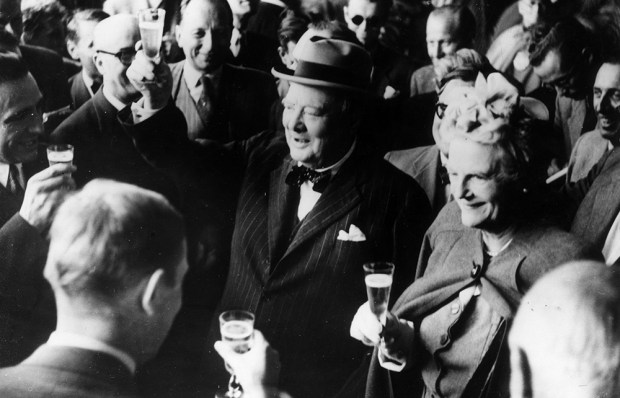In the mid-18th century, London was awash with gin. Socially-conscious members of the bourgeoisie believed that this was the root of all evil, contributing to crime and depravity. Fielding and Hogarth combined to denounce gin as responsible for ‘the reigning vices peculiar to the lower classes of the people’. Both of them hoped to persuade the lower orders to drink less gin and more beer.
Already a subscriber? Log in
Subscribe for just $2 a week
Try a month of The Spectator Australia absolutely free and without commitment. Not only that but – if you choose to continue – you’ll pay just $2 a week for your first year.
- Unlimited access to spectator.com.au and app
- The weekly edition on the Spectator Australia app
- Spectator podcasts and newsletters
- Full access to spectator.co.uk
Or
Unlock this article
You might disagree with half of it, but you’ll enjoy reading all of it. Try your first month for free, then just $2 a week for the remainder of your first year.















Comments
Don't miss out
Join the conversation with other Spectator Australia readers. Subscribe to leave a comment.
SUBSCRIBEAlready a subscriber? Log in